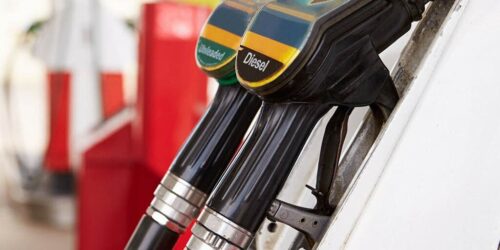Though Pakistan’s petrol retailers have called off their nation-wide strike after reaching an agreement with the government over an increase in profit margins, the country’s energy policies once again become a focus of questions that need answers. The issue of ‘low profit’ margins is debatable and the government is ultimately responsible for setting a reasonable margin that is neither too exacting to consumers nor too low for the filling stations to survive. As it appears, there is not enough check on the retailers in terms of the quality and quantity of the fuel they supply to unsuspecting buyers. Maybe the situation is slightly better in big cities where it is easier to keep an eye; but consumers in rural areas and smaller towns often complain about adulterated fuel available at petrol pumps and also of some tweaking in meters that enables the retailers to supply less than the quantity paid for. The recent move by the government to raise taxes and boost revenue in this manner is also questionable as it is hitting the consumers hard.
In all this, the IMF will be happy, but the citizens of Pakistan are certainly not. Under the agreement with the petroleum dealers, the government has allowed an increase in profit margins beginning with around one rupee per litre. In six months, the price mechanism will move to a system that would allow profit margins up to nearly four and a half percent. Initially, the dealers were demanding at least a six percent increase in their margins. Consumers are already grappling with high inflation that is particularly hitting the country’s poor and middle classes. Under the conditions of the financing facility agreement with the IMF, the government is increasing levies to garner more revenues. And Pakistan’s filling stations association has been complaining that their profit margins have dropped over the last few months as the government had previously increased the petroleum levy. The most alarming aspect of this story is that with fuel prices rising several times this year, the government will be continuing to add around five rupees to petrol prices every month as part of the petroleum levy under the IMF’s condition until it touches a hike of thirty rupees. The petrol dealers were charging Rs3.9 per litre and now they will charge Rs4.9.
The government is claiming that the proposal for an ultimate increase of 25 percent in the margin of dealers will cover all delays in the revision of margin in the past. But where do consumers figure in this calculation? They are already facing eight to ten percent inflation and their incomes are not increasing with the same proportion. While the government is quite thoughtful about giving relief to petroleum dealers in the shape of this sizable enhancement in their margins, consumers also deserve some relief from relentless inflation and declining livelihood opportunities in the country. The government has been regularly passing on extra costs to the public without any consideration for their meagre and depleting financial resources. The insistence of dealers to fix margins in percentage terms means that each time the price of petroleum products go up, the profits of the dealers will also move in the same direction. This arrangement of enhancing the margin by 25 percent and subsequent ‘readjustments’ after six months will adversely affect the common citizens of the country. The government must be circumspect while making such decisions; and remember that it is the people it represents.





